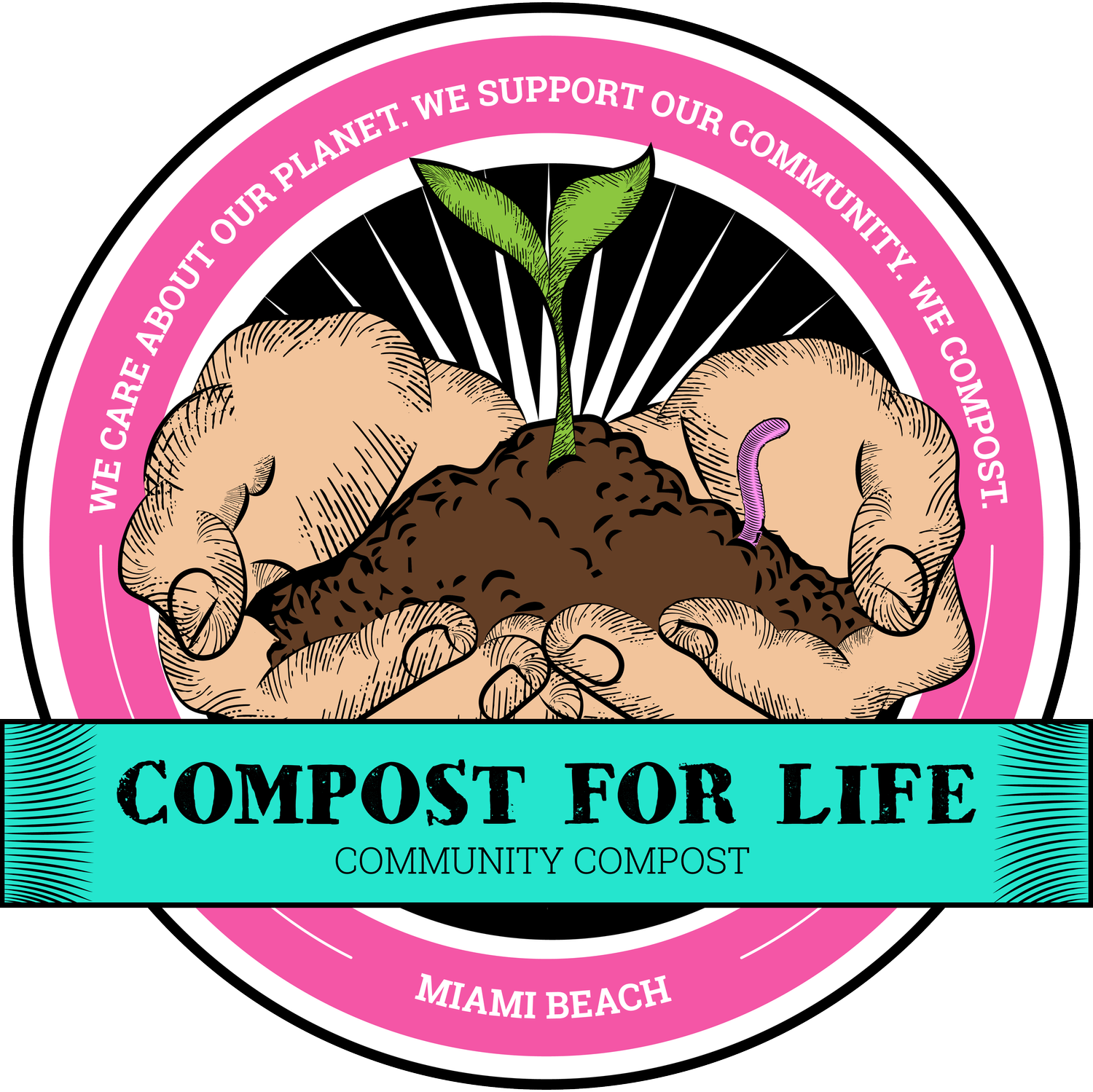
Access your portal
Additional Resources
-

Compostable Materials Poster
-

Poster de materiales Compostables (Spanish)
-

Afich materyèl konpostab (Creole)
-

Meal Sorting Station Poster
